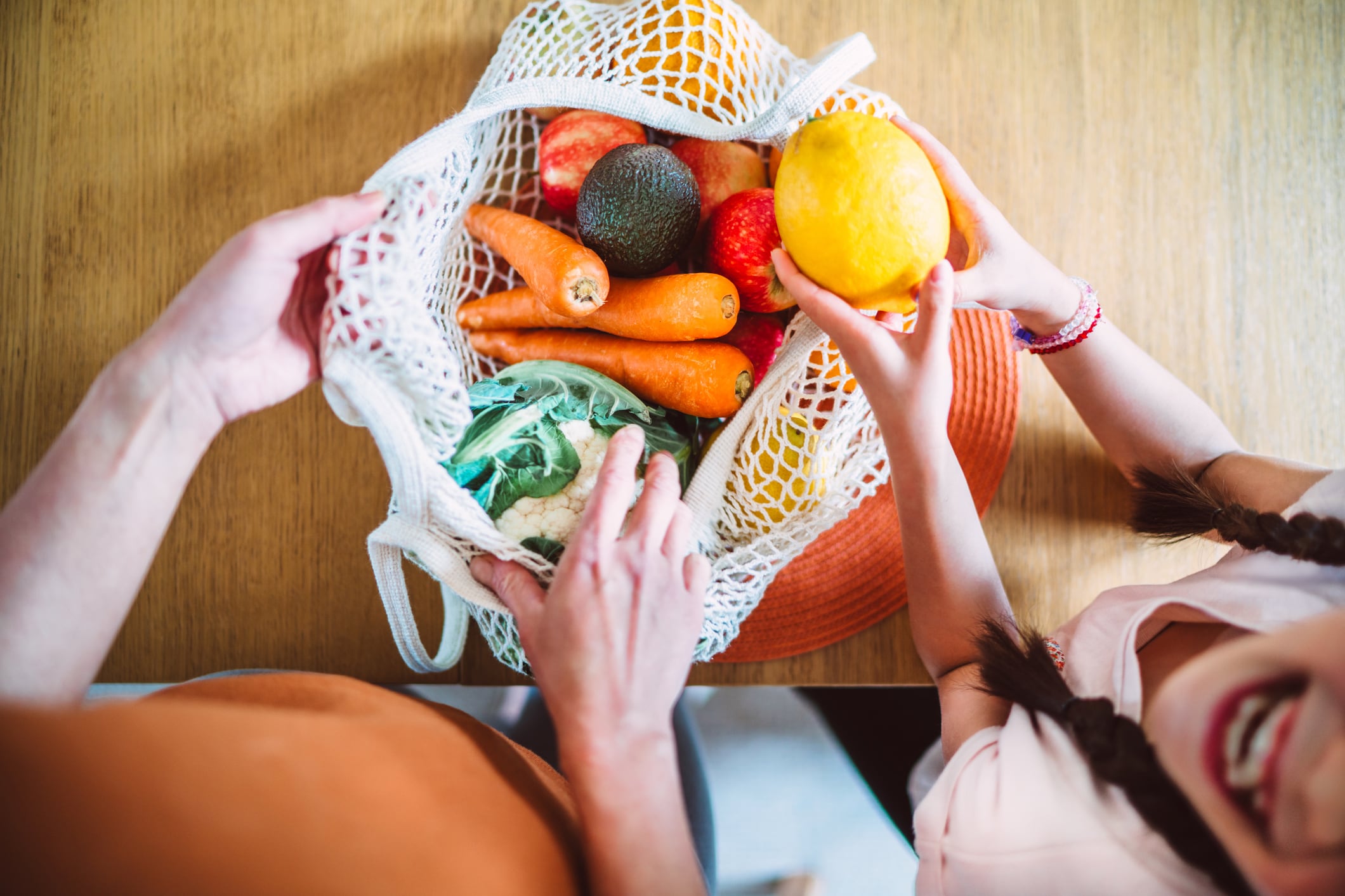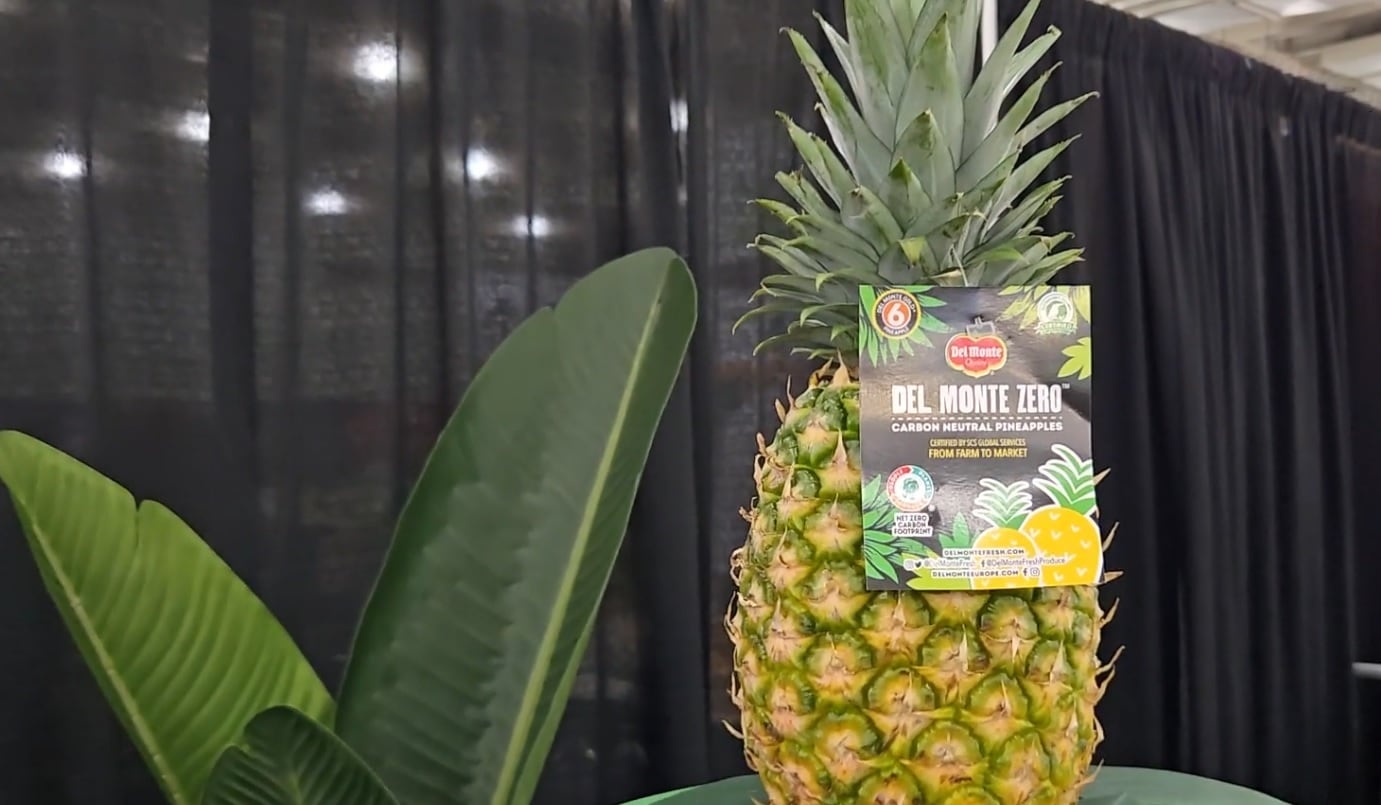Produce – often piled high in beautiful but generic displays – is tearing a page from the packaged food industry’s playbook and embracing branding to call out specific varieties and attributes as well as leveraging bold packaging and playful marketing campaigns to boost sales.
Helping to spearhead this shift is Sun World International, which is promoting its Autumncrisp grape as “unmatched” and “unforgettable” with a “flavor like no other” and an “unbelievable” crisp that sets it apart from other table grapes.
Premium strawberry producer Oishii and Fresh Del Monte also are elevating their fruit above commodity status, which can dampen sales by stifling consumer enthusiasm and heightening price sensitivity.
Breaking free from commodity
Fruit and vegetables may be staples in most households, but according to all three brands they do not have to be generic. Rather, by leaning into branding, produce can enjoy faster sell-through rates, command higher prices and become a foot-traffic driver and base for larger baskets for retailers.
“Produce has really been seen as a commodity thus far. So, unbranded, transactional and really overlooked in the marketplace,” Emma Larson, a spokeswoman for Sun World’s Autumncrisp grapes, said at the Summer Fancy Food Show in New York City earlier this summer.
“But,” she added, “Autumncrisp is here to really show that branded produce is on the rise.”
Autumncrisp grapes are “the first globally branded grape that is seedless,” available all-year and has notes of rose, peach and citrus, she explained. They also stand out on shelves because they are larger than many grapes and have a vivid color.
This combined with a viral social media campaign, fed by the brand’s strategic influencer partnerships, and distinctive packaging helped sales of the grape surpass $1 billion at retail in the past year, said Larson.
She added: This “amazing” performance is proof that consumers want premium produce that they recognize and trust to deliver a consistent, high quality eating experience.
Beyond driving foot-traffic, the grapes are a good bet for retailers because they have strong post-harvest performance, which means less shrinkage and more sell-through, Larson added.
Will consumers pay more for premium produce?
Other players elevating produce through careful cultivation, premium positioning and strategic branding include Oishii, which made headlines when it launched its vertically farmed Omakase Berry in 2018 with a $50 price tag on a tray of 11 berries.
While the price has come down dramatically to $12 to $15 per tray, sales data show consumers were willing to pay more for produce they perceived as an experience or something they could gift.
The company’s Koyo Berry now sells for about $10 for a tray of six compared to $15 in 2023, which puts it on the same playing field as a bottle of wine or premium chocolate, both of which are often gifted to hosts.
Tiered pricing and occasion-based marketing helps consumers engage with produce
Fresh Del Monte also is elevating its portfolio of pineapples beyond commodity-status through careful cultivation and tiered branding that aligns different varietals with different lifestyles and usage occasions.
For example, the company positions its Honeyglow pineapple as an elevated everyday experience that can satisfy a sweet tooth and offer hydration. The pineapples are left to ripen on the plant for an extra two or three days so they have a higher sugar content and are juicier.
On the other end of the spectrum is the company’s Jet Fresh service which allows consumers in Europe to experience the taste of Fresh Del Monte Gold Extra Sweet Pineapples as freshly picked in the field.
The company’s Pinkglow Pineapple are an affordable luxury positioned as a perfect pineapple for special occasions. Its pink interior is striking and it has a distinct candy aroma and less acidity.
Finally, the company has an ultra-exclusive Rubyglow pineapple that is a cross between a traditional pineapple and deep red-skinned Morada variety that sells for $395.
Both the Pinkglow and the Rubyglow are sold in display boxes that the company says make them ideal for gifting as well as eating at home on special occasions.



